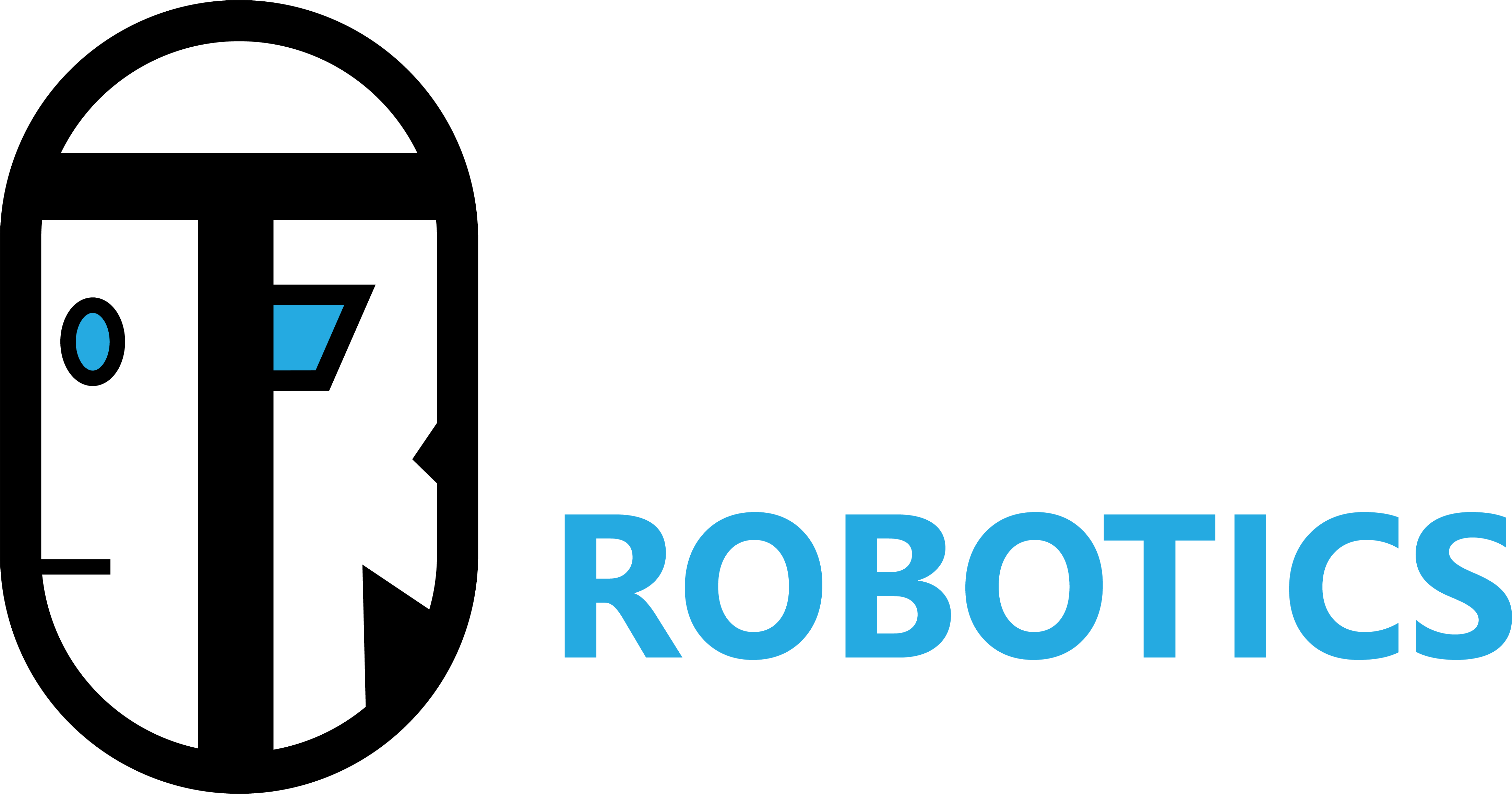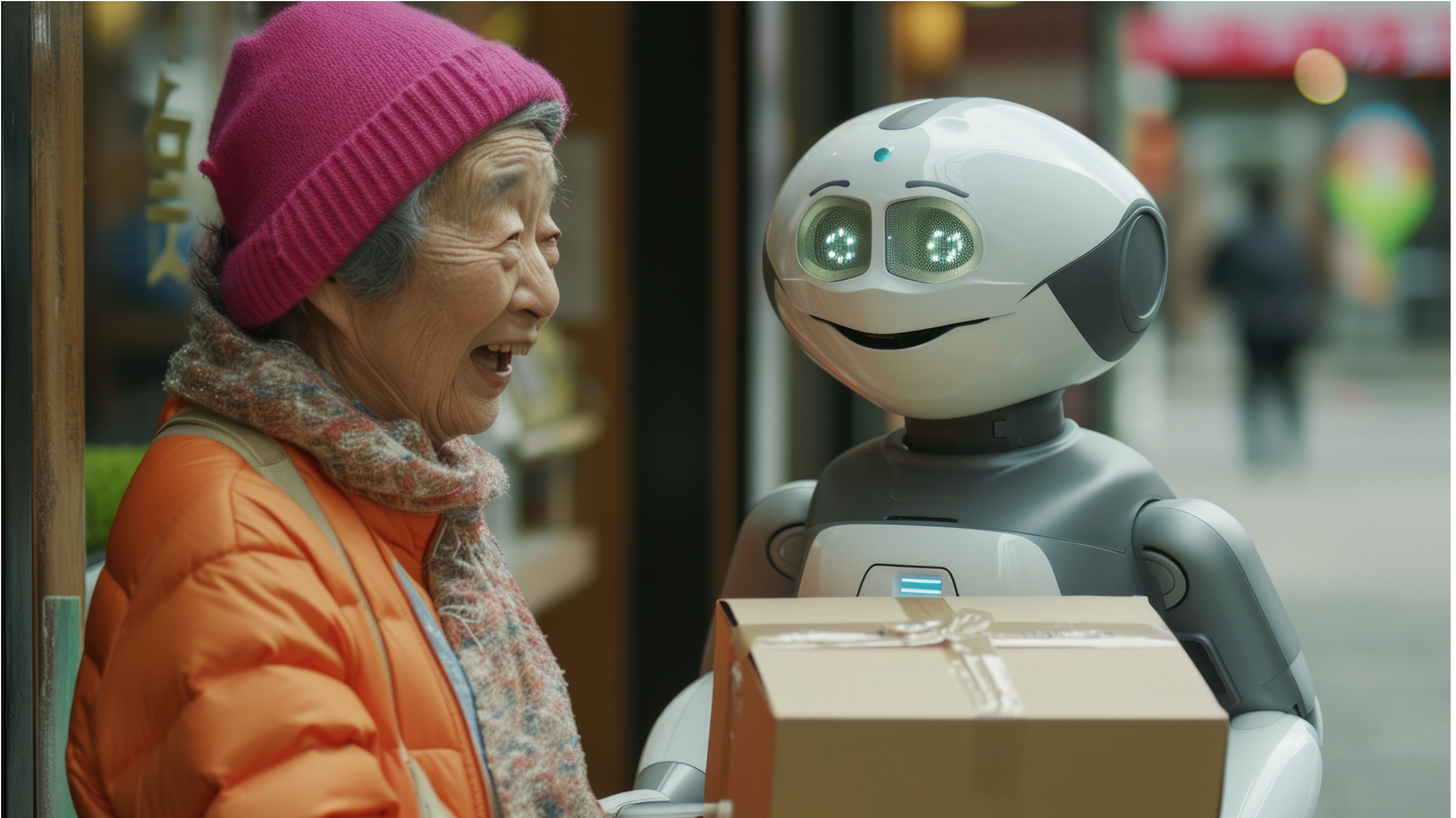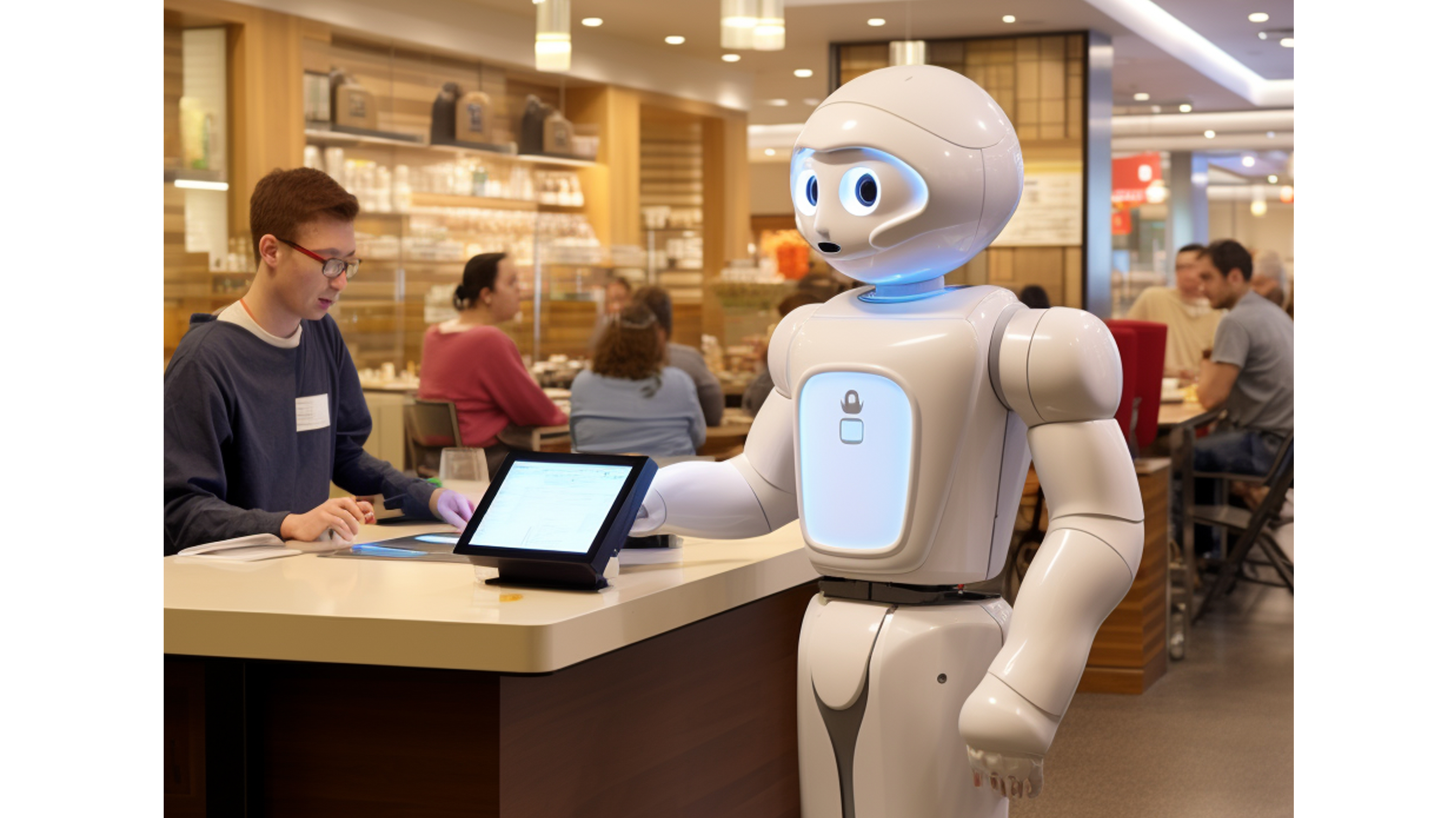The Rise of Humanoid AI Robots: Revolutionizing Human-Machine Interaction
2024-12-20

Introduction: A New Era of Human-Machine Interaction
Humanoid AI robots are no longer a concept confined to science fiction. These intelligent machines, designed to resemble human beings, are breaking barriers and transforming industries with their artificial intelligence capabilities, machine learning, and advanced robotics. Humanoid robots are becoming capable of performing complex tasks and interacting with humans in ways never seen before. In this blog, we’ll dive into the exciting world of humanoid AI robots, their applications in healthcare, entertainment, customer service, and space exploration, and how they are reshaping the future of human-machine interaction.
What Are Humanoid AI Robots?
Humanoid AI robots are machines engineered to mimic human form and behavior. Unlike traditional robots, which focus on specific, repetitive tasks, humanoid robots are designed to engage with their environment and interact with humans in a natural, intuitive way. Equipped with advanced sensors, AI-powered decision-making, and speech recognition, these robots can understand human language, recognize visual cues, and react accordingly.
From human-like movements to facial expressions, humanoid robots are capable of performing tasks that were once thought to be exclusive to humans. The integration of artificial intelligence, natural language processing (NLP), and advanced robotics technology allows them to simulate the human experience, making them invaluable in a variety of industries.
Key Technologies Behind Humanoid AI Robots
- Artificial Intelligence (AI)
AI is at the heart of humanoid robots. Through advanced algorithms, humanoid robots learn from their surroundings, make decisions, and enhance their capabilities over time. This allows them to interact with humans, understand context, and adapt to new tasks, creating a seamless experience in customer service, healthcare, and more. - Robotics and Mechanical Engineering
The physical structure of humanoid robots is designed to replicate human movements with precision. Equipped with actuators, joints, and motors, these robots can walk, grasp objects, and perform tasks such as lifting and carrying. Humanoid robotics is evolving to create highly capable, human-like robots that can excel in industries like medical care and education. - Natural Language Processing (NLP)
With NLP, humanoid robots can engage in meaningful conversations with humans. They understand speech, interpret commands, and respond accordingly, making them capable of handling everything from simple queries to complex dialogues. This technology is particularly useful in customer service applications, where robots can assist customers in a conversational manner. - Machine Learning
Machine learning allows humanoid robots to continuously improve. By processing data and recognizing patterns, they get better at performing tasks and adapting to new environments and challenges. This adaptability is crucial in healthcare, entertainment, and space exploration, where humanoid robots must be able to handle a wide range of situations.
Applications of Humanoid AI Robots
1. Healthcare: A Helping Hand in Medicine
In the medical field, humanoid robots are stepping in to assist doctors, nurses, and patients. They can perform surgeries with high precision, assist patients in rehabilitation, and even provide companionship to those in need. Their ability to learn and adapt makes them invaluable in elderly care and rehabilitation therapy. With capabilities like robotic surgery and emergency response, humanoid robots are becoming integral to modern healthcare systems.
2. Customer Service: Enhancing Customer Experience
From retail to restaurants, humanoid robots are revolutionizing customer service. These robots can greet customers, offer personalized recommendations, and handle inquiries, making the customer experience more engaging and efficient. Imagine walking into a store where a humanoid robot greets you with a friendly smile and guides you to the perfect product!
Humanoid robots in customer service represent the intersection of AI robots and personalized service, creating a powerful tool for businesses seeking to enhance customer satisfaction.
3. Education: Personalized Learning for All
Humanoid robots are making a significant impact in education. They are used as tutors, helping students learn in a personalized manner. From practicing new languages to solving math problems, humanoid robots adapt their teaching methods to suit individual learning styles. With natural language processing and AI-driven learning, these robots are transforming traditional classrooms, offering students a chance to learn through interactive, hands-on experiences.
4. Entertainment: A New Type of Performer
Humanoid robots are also finding their place in the entertainment industry. Whether performing in theme parks, movies, or live shows, these robots offer unique experiences. They can dance, act, and sing, providing audiences with a new form of interactive entertainment that blurs the lines between reality and fiction. With advanced robotics technology and human-like AI, humanoid robots in entertainment are a growing trend.
5. Space Exploration: Paving the Way for Future Missions
Humanoid robots are being considered for space exploration due to their human-like structure, which makes them perfect for performing tasks in extreme environments. These robots can assist astronauts by conducting experiments, performing repairs on spacecraft, and exploring other planets where human presence is limited. Their AI-driven capabilities and ability to adapt to the harsh conditions of space make them indispensable for future space missions.
Challenges and Ethical Considerations: Navigating the New Frontier
While humanoid robots present exciting opportunities, they also raise significant ethical and social questions. For example, as these robots become more integrated into healthcare and customer service, will they replace human workers? How do we ensure that humanoid robots are used ethically in sensitive environments, such as elderly care?
Another concern is data privacy. Given that humanoid robots collect vast amounts of personal data, ensuring the security and privacy of this information is essential. As humanoid robots gain more capabilities, addressing these concerns will be crucial for their integration into society.
The Future of Humanoid AI Robots: What’s Next?
As humanoid robots continue to evolve, their potential seems limitless. They will become even more autonomous, capable of handling more complex tasks and interacting more naturally with humans. The line between humans and machines will blur even further, and humanoid robots will become an integral part of society, helping us live better, more efficient lives.
In the coming years, expect to see humanoid robots in even more industries, from construction to banking and beyond. The future is indeed humanoid!
Conclusion: Embracing the Revolution
Humanoid AI robots are not just about creating machines that look like humans.They are about building machines that can think, learn, and adapt like humans. As technology continues to advance, these robots will become more proficient in various fields, making our lives easier, safer, and more efficient.
The potential for humanoid robots is immense, and as they continue to evolve, they will play a key role in shaping the future of industries like healthcare, entertainment, education, and beyond. Embrace the future, because humanoid robots are here to stay!





